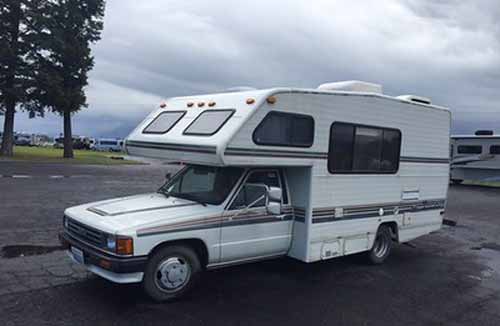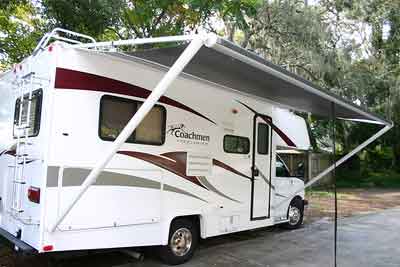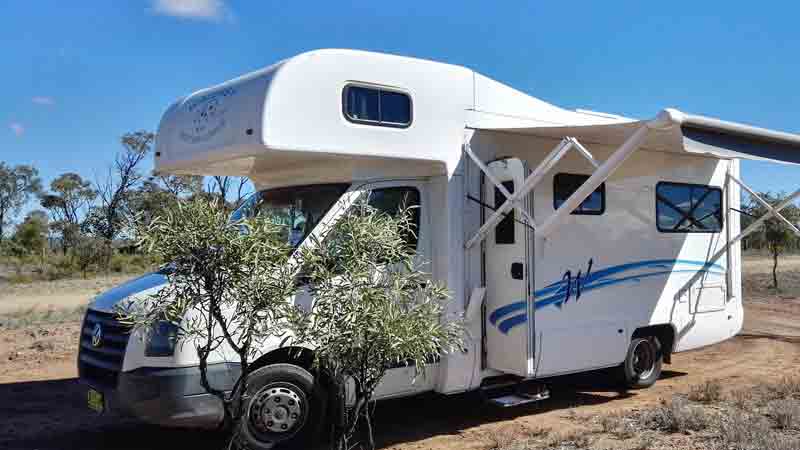Insulation is one of the most important aspects of RV maintenance. It can make or break your comfort levels, especially during the winter months when you are trying to stay warm and cozy in your rig. Insulation will help keep things cool during the summer months, while other types may be more appropriate for extreme heat or cold climates. This article will cover all that you need to know about insulating your RV so it’s ready for whatever conditions come its way!
Why Insulation Is Important

Insulation is important because it will help to regulate the temperature in your vehicle. As well, insulation also keeps noise levels down. The type of insulation you use will depend on what your needs are.
How to Insulate Your RV

There are many different types of insulation that can be used. Some people like using reflective insulation, this type of insulation keeps the heat and coolness in and reflects it back instead of absorbing it. The main drawback of reflective insulation is that it reduces the amount of light entering the vehicle. It’s also important to understand that the product only reduces the heat levels, it won’t necessarily eliminate them.
For those who need insulation from extremely cold temperatures, you may want to look into using a ceramic blanket as your insulation. The nice thing about these blankets is that they will keep the vehicle warm even if they are wet. Ceramic insulations can also reduce the heat inside of a vehicle. Therefore, if you need insulation from heat and not from cold, you should choose another type of blanket or insulation.
You can also insulate your RV using non-toxic methods. Some people like using certain types of carpets and flooring in order to insulate their rig from the floor. This will reduce the amount of noise you hear while driving, as well as help to protect your feet from extreme temperatures-something that can be uncomfortable in the summer months.
If you are looking for insulation that is high quality and easy to work with, look into using an RV cover. The great thing about these covers is that they are breathable, so they reduce the amount of condensation that builds up inside your vehicle. Covers can also be made to fit any size RV-they come in different shapes and sizes. If you are looking for insulation that will keep your vehicle warm, while also providing an extra layer of protection for it while traveling, using a cover is a good option.
Types of Insulation and Their Uses

The different types of insulation that can be used in your RV, and their uses:
Foil
This type of insulation is effective for blocking and reflecting heat and sound and is often used on the roof. It’s often less expensive than other types of insulation because it doesn’t need to be installed as tightly to provide adequate levels of protection.
Reflective insulation
The reflective insulation blocks heat transfer from one side. It’s usually made from metalized film wrap or foil and is most commonly used in parking lots to reduce temperature in the sun by reflecting off the ground. You can also use this in your RV to reflect the sun off the side of your RV to reduce interior temperature.
Polystyrene
This type of insulation is often used in closed spaces because it prevents sound from escaping. It’s also a good choice for people who just need a little bit of insulation, or for small spaces where other types may take up too much space and provide an uneven surface.
Fiberglass
This type of insulation is a good choice if you need a lot of it because it’s cheap, widely available, and easy to install. It comes in batts or rolls, so installation requires little cutting. However, fiberglass can be irritating to the skin and respiratory system so you should always wear gloves and a mask while installing it. In addition, this type of insulation is flammable so you should never use open flame near it.
Blown-in
This type of insulation usually consists of a mixture of fibers and other materials that are blown into a space to form an even surface. It can be used for any place that needs extra insulation, but it’s typically not necessary for small spaces like closets or cabinets.
Spray Foam
This type of insulation usually consists of two types of chemicals that are mixed together and sprayed into a space to fill any empty gaps you might have. It expands slightly while drying so it can be an ideal choice for irregular spaces because it can adjust to the size. After it dries, spray foam provides a more even surface than other types of insulation.
To Summarize
There are many options for insulation and it’s important to understand the different types of insulation available in order to pick the one that best suits your needs. Whether you need insulation from extreme cold or heat, there is a solution out there for you. Reflective insulations will reduce the amount of light coming through and may reduce the amount of heat and cold entering your vehicle.

